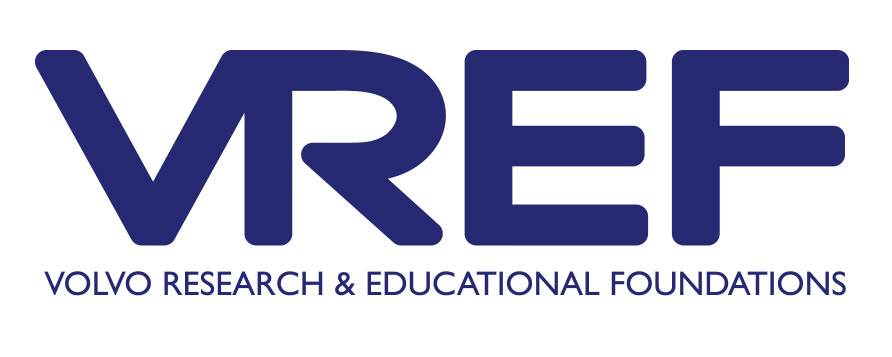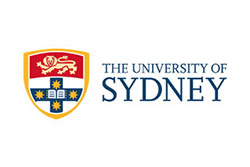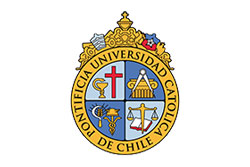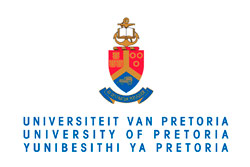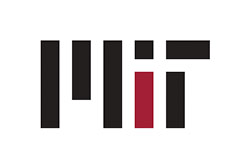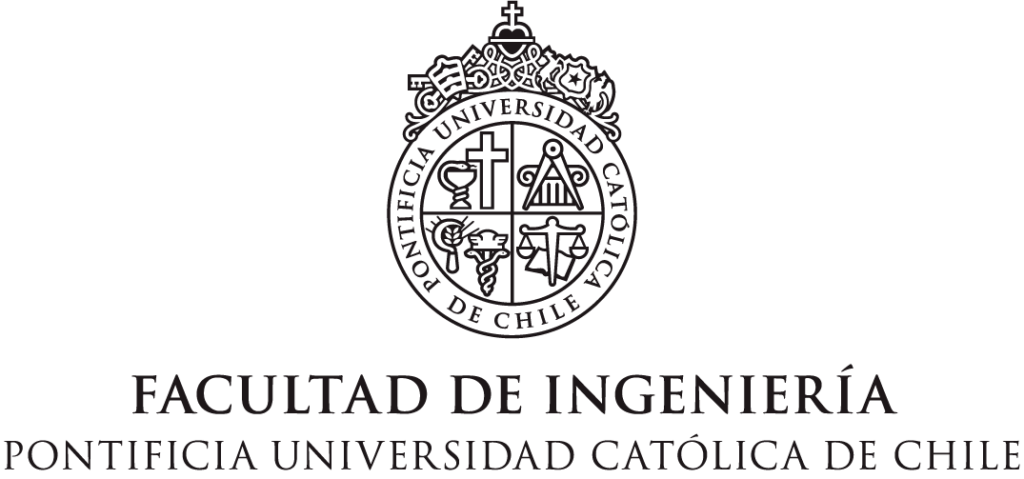Postdoctoral Research Position
The Department of Transport Engineering and Logistics at the Pontificia Universidad Católica de Chile, host of the BRT Centre of Excellence, is currently looking for one postdoctorate or experienced researchers to work in our Research group. We have a number of ongoing projects in different Public Transportation issues in which the successful applicant could participate leading some projects and collaborating with other researchers at the BRT Centre in others. Individuals with research interests in any domain regarding public transportation, ranging from the most strategic to the most operational aspects are especially encouraged to apply (i.e. planning, urban studies, design, financing, economics, demand modeling, operations and control).
Job Description: We are seeking applicants with a PhD or industry experience in an area related to Public Transport. Candidates need not be fluent in Spanish at the moment of applying; we welcome applications from within and outside Chile. They must exhibit excellent oral and written communication skills and an aptitude for teamwork. It is advantageous to have earned a Ph.D. in a Public Transport related field, with a demonstrated research potential. While industrial experience is desirable, a strong commitment to rigorous and relevant research is essential. We offer the attractive opportunity of a job working in the field of Public Transport while collaborating with a University.
Requirements: Applicants must hold a Ph.D. in related discipline or be about to complete it. It is important that the applicant be able to work collaboratively, and international experience is desirable. Review of applications starts immediately and the positions will remain open until a successful candidate has been found.
Information and application: To apply, interested applicants should forward their CV including a publication list, contact details of three reference writers and a one page description of their experience and research interests related to this position. Please send application information and/or request more information by sending an e-mail to Prof. Juan Carlos Muñoz (jcm@ing.puc.cl).
Tweet
New tool visualizes American BRT
Source: The City Fix
Duke University’s Center on Globalization, Governance & Competitiveness (CGGC) released a new report, “U.S. Bus Rapid Transit: 10 high-quality features and the value chain of firms that provide them”, a collection of best practices and metrics for bus rapid transit (BRT) in the United States.
Three web tools are attached to the CGGC report, including a detailed BRT station mock-up with the 10 essential features of high-value BRT. In addition to the mock-up, the report has created two – web databases, detailing the transit providers currently running American BRT systems, as well as the complete value chain, from bus manufacturers to transportation planners, for American BRT.
Marcy Lowe, lead contributor of the CGGC report, said, “We hope our interactive online tool–highlighting the 10 high-quality BRT features–will help agencies consider the best package of BRT features for their community. The more of these features they can incorporate, the better their BRT system will be.”
The report stresses these guidelines:
- Safe, Comfortable Platform Level Boarding
- Consistent Branding
- Real Time Information
- Clearly Recognizable, Efficient Vehicles
- Intelligent Transportation Systems with Vehicle Tracking
- Integration Into The Existing Transport Network
- Standardized Fare Collection Off Vehicle
- Shared BRT System Infrastructure on a Dedicated Right of Way
- Innovative Financing Mechanisms for service sustainability
As BRT systems continue to form across the globe, with more than 20 systems commencing operations in the past two years alone, the rate of BRT growth in the U.S. is slower than global trends. One reason for this slow adoption stateside, according to Lowe, is the funding challenges for public transit, generally.
“Funding and financing is one of the biggest challenges for communities looking to expand public transit,” she said. “That’s why more communities are seriously considering BRT as an alternative to light rail and other major transit projects.”
Indeed, a U.S. Department of Transportation report found that there is a $77.7 billion backlog in transit funding to simply get the current nationwide transit system into a state of good repair, and this number does not reflect costs for new transit projects. The CGGC report recommends one such alternative finance tool: the formation of public-private partnerships (PPP) in both hiring bus operators through private contract and by creating innovative ways to fund BRT systems.
There are already many examples of PPPs in American road construction projects. PPP financing for transit is not without precedent in the U.S. For example, heavy rail systems in Chicago and New York have earned funding through selling station naming rights as part of advertising revenue. Though these novel PPP fundraising sources lack comprehensive funding opportunities for a sustainable financial support system, Lowe notes that they can help “spread costs” and pay for operating expenses.
However complex American BRT financing may appear, BRT as a transportation alternative has a firm backing in research and past precedent. EMBARQ’s Carrigan notes, “By identifying 10 features of high-quality bus rapid transit systems, Duke’s visualization tool emphasizes that BRT is more than just dedicated bus lanes; it’s an integrated transport system.” That is something that all American transit agencies can find useful.
¿Comments? ¿Opinions? ¿Similar News? Send them to us!
Tweet

